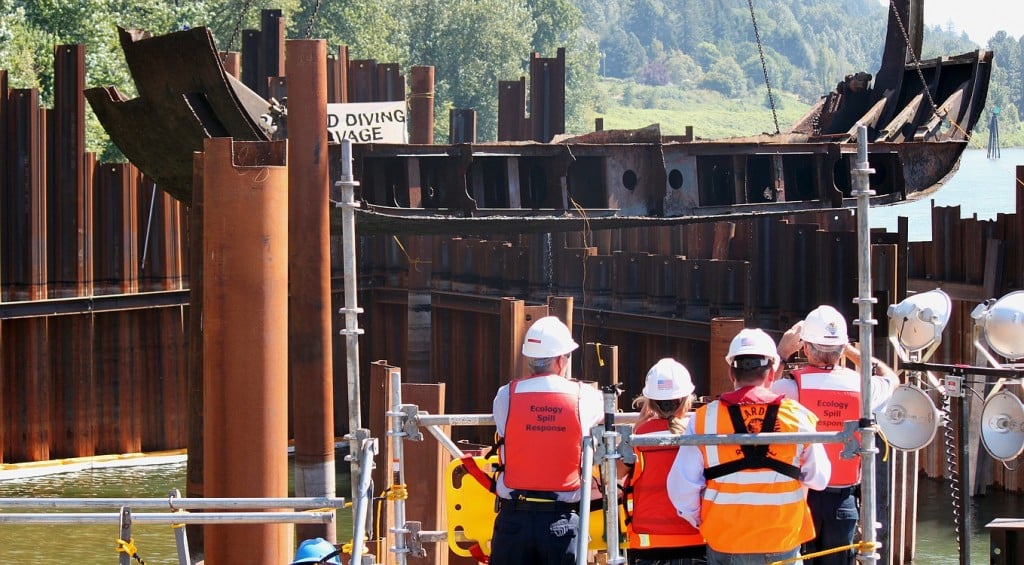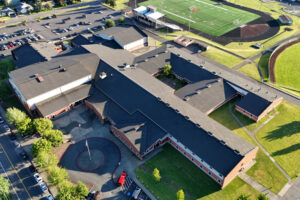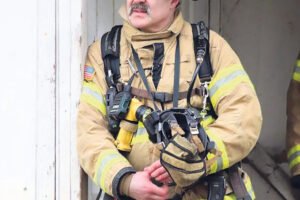Thursday marked a “significant day” in the deconstruction of the SS Davy Crockett, as the final 60-foot long, 55,000 pound, rusty metal section of the derelict barge was slowly lifted from the waters of the Columbia River.
“The occasion of today is a very rewarding day to us,” said Capt. Daniel LeBlanc, Coast Guard incident commander and on-scene coordinator. “This is a symbolic event that signifies all of the work that has been put forth to make sure we protected the environment.”
The seven-month operation was jointly managed by the U.S. Coast Guard, the Washington Department of Ecology, and the Oregon Department of Environmental Quality, along with contractor Ballard Diving and Salvage.
During the 211-day operation crews removed 4.4 million pounds of steel, which is being transported to Portland’s Schnitzer Steel for recycling.
Also taken from the site on the shoreline near Camas was another 838,432 pounds of debris, including wire, bricks, and oiled sorbent materials. Workers also removed 4,850 pounds of asbestos. The response resulted in approximately 1.6 million gallons of oily and contaminated water being taken off-site for disposal.




